Video Menu
My Favorite Videos
My Favorite Videos
Phase 2 Follow Along
Sorry, you need to be a member to access this video.
You Are Just Seconds Away - Become a member here!
Already a member? Log in now
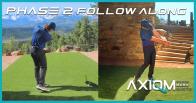
In Phase 2, you learn how to take your straight shots you learned in Phase 1 and add effortless speed to them by mastering the release. It is also here that you will begin shaping the ball, hitting gentle fades and draws as you become a ballstriking master.
Once you've completed phase one and are ready to move on to phase two, the real magic starts to happen.
So we're going to learn how to really feel, how to properly strike the golf ball and really see the tendencies in your ball flight and the mistakes that you make and start grooving, hitting, being able to completely release the club very effortlessly to hit very, very solid shots every time.
So before I start my phase two follow along, I'm going to go through and make some practice swings here without the ball, making sure I transfer my pressure all the way to that lead side, making sure I'm checking my release.
That club should be towed up or slightly towed in.
The wrist should be slightly released at this point.
As you know, from the phase two video, shoulders are still staying back and letting the club release.
I'm not turning my shoulders through.
So now let's hit a couple.
So again, we're dividing them into sets of 10.
We're entering our, our scores after every single set of 10.
So the system knows what's going on in your swing and how to fix it, help give recommended videos to fix it.
So we're going to do our first little shot here.
These are going to go obviously, you know, quite a bit further than when we were holding off the release in phase one.
So we're going to anticipate that.
Now hit that just a tiny bit heavy, which again was my tendency in phase one in the follow along video you saw.
So I was entering that I was, you know, kind of tending to hang back.
So the same thing, you still don't have that time because we're still making very short swings.
So I'm just going to preset my pressure a little bit more on the left side at setup, just to help me get over there in time.
There we go.
Nice, clean strike there.
Good release.
We'll take that one, preset myself over a little bit.
Another good one.
These are all very, very, very, very slight draws.
Very slight.
Just a little bit of draw spin on it.
I'm just making sure I'm getting that club fully released on every shot.
Preset.
Like that one.
Not making any mistakes so far.
Preset.
I hit that one just a smidge thin.
I was just a little bit aggressive with my hand out the bottom, trying to help it too much.
And this is what you may find when you get into the release phase.
Instead of letting the momentum of the club release, you start trying to help it a little bit too much.
Totally normal.
Again, enter your tendencies in the system so it knows what's going on because we know all these results are very predictable.
We know what causes them.
So that's why we can recommend the right videos for you.
There we go.
Now I'll make a couple mistakes that are going to be very common that you're going to find yourself doing.
The first one that's going to be perhaps the most common is this one.
Now what did I do there?
You can see the club face still open.
And I turned my chest through, which feels really powerful, but doesn't produce any power.
It keeps the club from releasing.
So you don't want to turn your chest through and hold the face open.
You can see what happened to the ball.
And that's why we do these things progressively in phase one and phase two phase one.
We're just hitting these little shots, but you can see that you can start to hit the ball straight.
And then when you go to phase two, those fundamentals, you're keep reinforcing the same thing that you did in phase one in phase two.
And in phase three, we're reinforcing these same good habits.
So we'll know how to hit it straight.
But when you start making little mistakes with the release, you're going to start to see very clearly what that ball is doing because it's easier to see the ball flight.
Now, if I hit one to the left, here's another common mistake that we're going to see.
Now you can see I hooked that one.
Now my chest is quite open at this point.
It's kind of pointing almost down the target line and the club face is very closed.
So that was turning my shoulders and flipping my hands over.
No bueno.
We don't want to do that.
So we want to make sure that club is releasing very relaxed.
You want to get a sense of just like where that club faces square through the hitting area.
If you get lost, you can go back down, go back down to phase one, reinforce that dead straight laser shot, and then start making the release, letting it happen a little bit bigger.
So now I can just do a little modified phase one.
I didn't have much of a release there.
It was just a little straight shot, but that's how you're going to practice.
Sets of 10, you're going to make mistakes.
It's totally normal.
Your goal is to get eight out of 10.
If you hit 80% of your shots on the golf course, dead straight, exactly where you aim, you're going to be shooting some pretty good score.
So that's why our target is eight out of 10.
So go and after you do your set of 10, enter your scores on your phone real quickly.
I did eight and I did this.
And then the system starts keeping track of everything that you're doing.
And it knows what you're struggling with and what videos to recommend.
So now go through one more practice session.
So I'm going to rake over 10 more balls.
And as I'm doing this, I'm going to start to really focus on the mistakes that I made in the first session.
So for you, that might be that you're holding that face open.
So before you start hitting balls, you want to start practicing, releasing the club, letting that wrist rehinge a little bit, the right wrist rotate over.
You don't want to be looking at your left wrist from face on.
You want that.
You want to be able to see your left fingers under your right hand.
If you release the club.
Now, of course, again, you don't want the club fully released to where the toe is pointing down because that's going to cause you to hit the ball left.
So this is how you're learning how to add speed to phase one, where you're hitting straight shots by letting the club release.
So now my tendency, just like most of years will be when making these little short swings, we don't have time to make the pressure shift.
I'm going to preset a little bit more on the lead side.
That one felt nice.
We'll take that one.
Again, I'm going to go through my checkpoints on every shot.
Head down, shoulders are still pretty close to square, club release, pressure on the lead side, right foot rolled in, hips open.
Everything's on the money.
Everything you did in phase one, we double check in phase two.
We're just now adding the checking point of the wrist being released and the toe of the club face.
Take it.
Three out of three.
I'm getting closer to our goal of 80% here.
Preset on the lead side.
A little bit thin and you'll see, look where my chest is pointing.
I moved myself through the shot.
Instead of letting the club release, I dragged the club through and I hit it just a tear thin on a normal seven iron.
It might cost me five yards of distance, but that might be, you know, five yards that puts me in a water hazard instead of next to the pin, if it's a front pin, for example.
So we want to make sure that we're, we're puring these as many as we can.
We want to get that same feeling of being very detailed about how we're releasing the club and the quality of the strike of the ball.
So I'm not going to count that one.
That was a bad one.
And what I do want to do is go back and make a few practice swings.
And now you'll see, I'm keeping my right shoulder back and letting that club release.
So you're going to start building a lot of confidence when you're here, you're going to hitting these little 50 yard shots like this with your seven iron, seeing them go dead straight every single time.
And of course, as you want to take the bonus challenges, those videos are going to start taking those skill sets and develop them even further.
So you can practice and enter your scores.
You'll see in the, when you go to enter your scores, there's a checkbox for bonus challenge or to select yes or no.
And then when you do that, this is where you're starting to shape the ball.
So the first bonus challenge is about controlling shot direction.
The second bonus challenge is about controlling trajectory and so on.
But you can enter those scores if you're in that phase where that bonus challenge is.
So in phase two, the bonus challenge is shot shaping.
So I can start to alter my shot shape just a little bit here.
So I'm going to close my stance a little bit, make a couple practice swings and get that club to release just a little bit more.
And I want to see a little bit of curvature right to left a little bit more than normal on this shot.
There we go.
Got a nice little baby draw.
Super easy to do this when you follow these phases in the sequence that we are.
So I can hit a very controlled draw and I need to get to a back left pin.
It's a perfect shot.
You're going to be able to do this.
You can see how simple it is.
Now I want to hit a little bit of a cut.
So now I'm going to practice holding that release off a little bit.
And the mistakes that you typically make actually work to help you hit a cut.
If you let your shoulders open just a tiny bit more, it helps hold the release off.
Obviously, if you don't want to hit a cut and you want to hit a draw or a straight ball, that's a death move because you're never going to get the club release.
But when you want to make it fade and you need to make it fade, we can use that little bit of shoulder rotation.
Again, these are minute amounts, just small degrees, but I'm going to hold the face open and a tiny bit of shoulder rotation will help me hold off the release just a little bit to get this ball to cut.
Perfect.
Now again, it's a 50 yard shot that cut maybe one yard.
So you're not going to see a ton of curvature.
You don't want to hit a slice.
You shouldn't be able to put that much speed on it yet.
But a little controlled cut like that, that's what the rotary swing C4 program is about.
It's about control, controlling the trajectory, controlling side spin, hitting it straight when you want to, hitting it high and high draw when you want to.
As you move into phase four bonus challenge, you're going to learn how to hit every shot in the book, the high draw, low draw, high cut, low cut, you name it, you'll be able to hit it.
So, but we need to build these skill sets in phase one, two, and three before we can put them all together to have complete mastery over the ball.
And that's what we're all about is being able to have complete dominion over this little turkey so that you no longer are afraid of it.
You know where it's going before you hit it.
So now I'm going to do one last shot out of my set of 10, and this is just going to be a normal shot.
I'm just going to hit my nice little straight ball here.
Perfect.
So now you keep track of those sets of 10, go and enter your scores, enter your tendencies, enter any notes.
And as you're entering notes, these notes are valuable, not just for you to say, oh, you know, I keep hitting it fat, or I keep hitting it off the toe, or I can't curve it right to left, or what have you.
Note the good things that you're doing well too.
Golf is hard enough without beating up on ourselves all the time.
There are things that you're doing better than you were when you first started.
You're learning how to hit a flat left wrist if you were scooping it before.
You're learning how to be able to hit it straight consistently.
Maybe you can't hit a controlled cut yet, but those are still things that you're going to develop.
So give yourself some positive notes too in there so that you know exactly what you're doing and you can track your progress over time.
So keep working on this until you get to the number of reps that the system recommends that you're ready to move on to phase three.
And we'll see you in the bonus challenge in

























































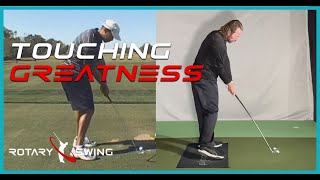


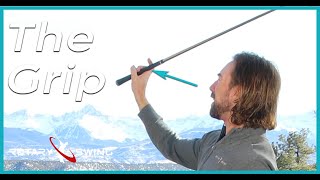
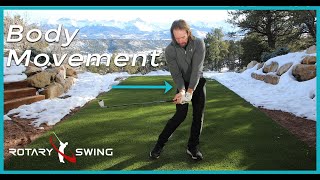

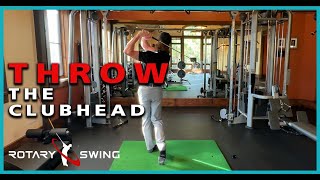






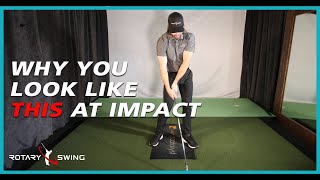
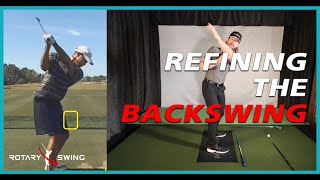
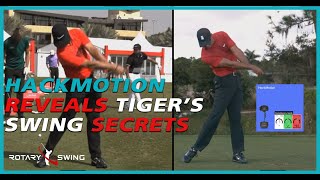
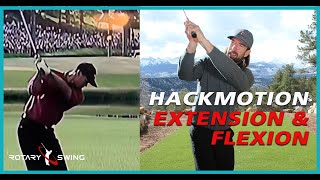

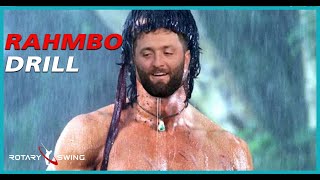
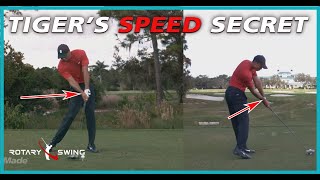




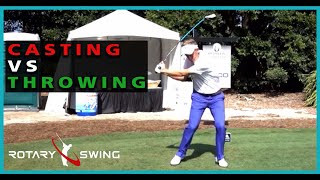
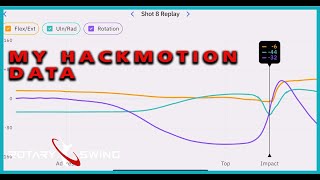


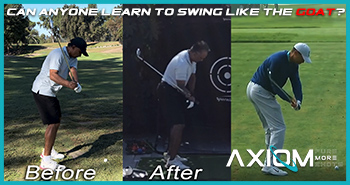

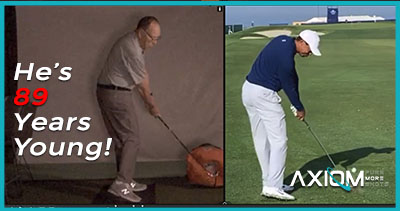

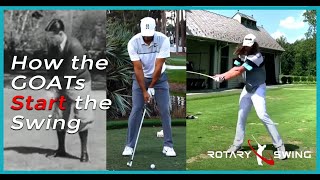
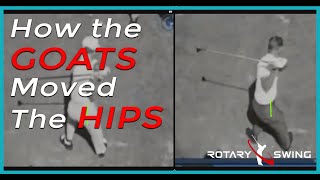
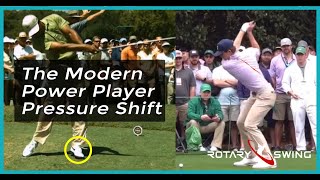
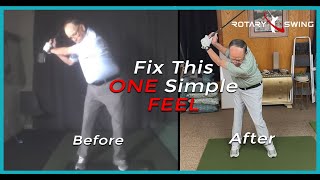

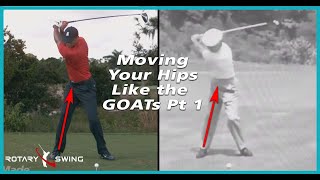
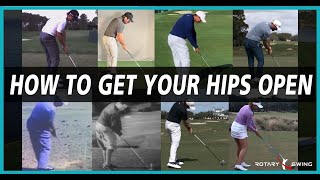
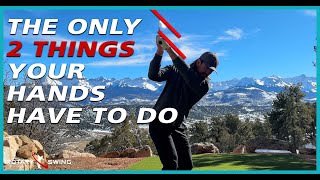
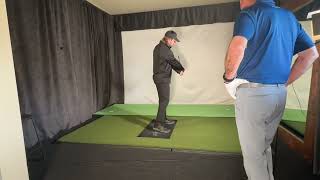
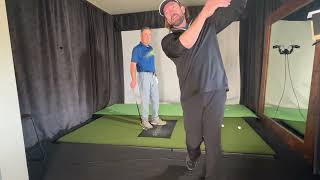
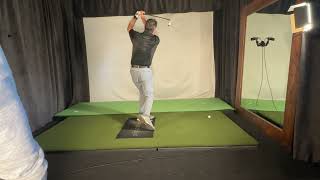
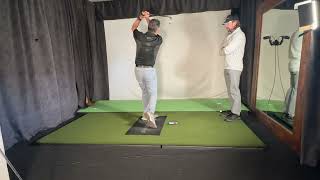
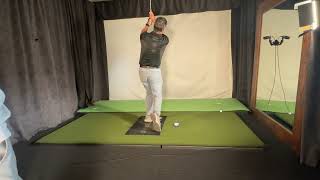

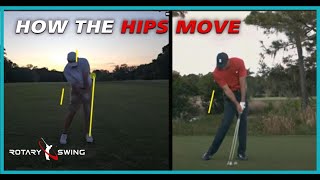
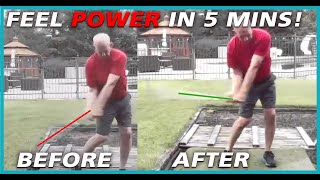


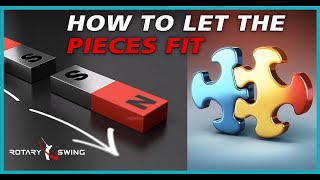


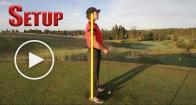
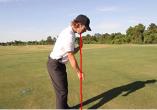
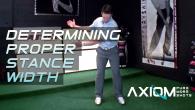
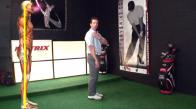
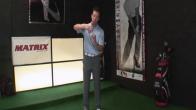
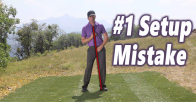
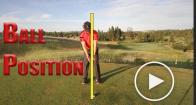
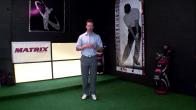
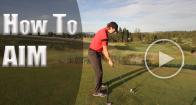
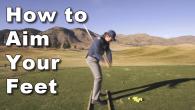
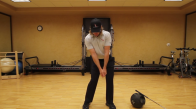
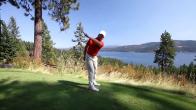
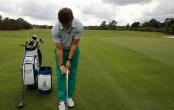
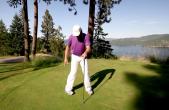

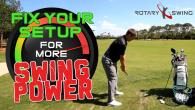

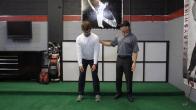
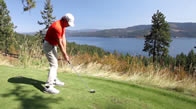
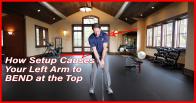


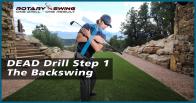
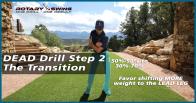
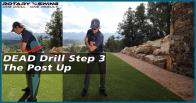

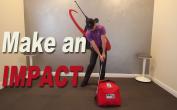
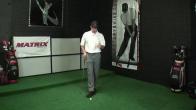
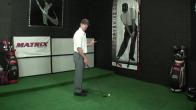
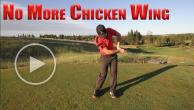
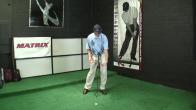
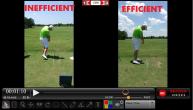
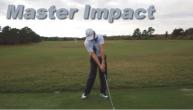
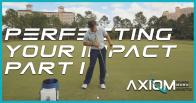
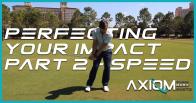
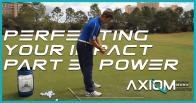
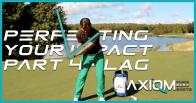

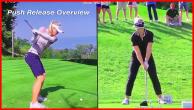

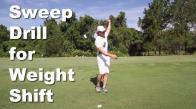
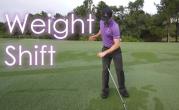
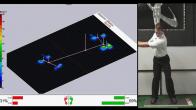
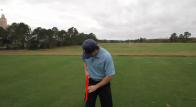
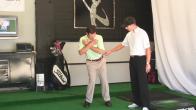
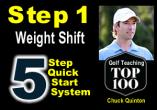
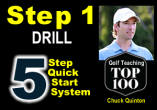
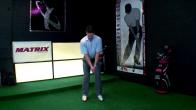
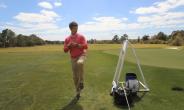
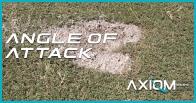
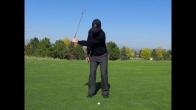
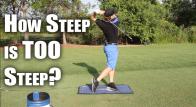
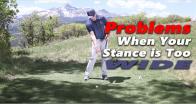


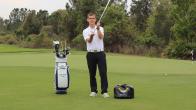
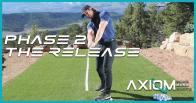
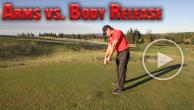

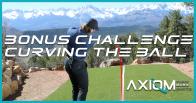


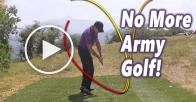
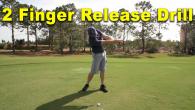


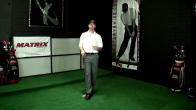
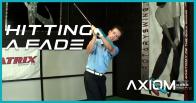
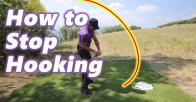





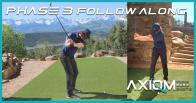

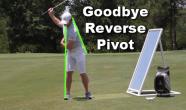
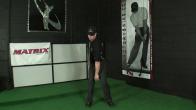
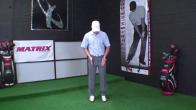
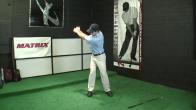
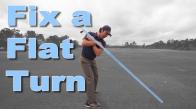

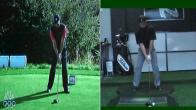
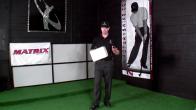
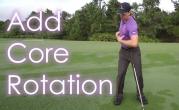
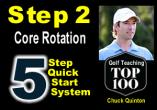
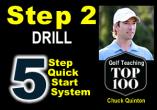
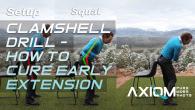

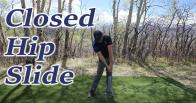

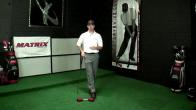

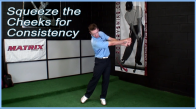
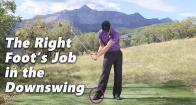
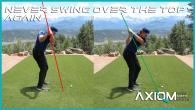



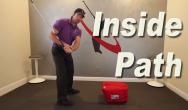

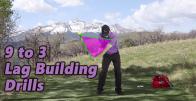

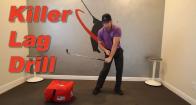
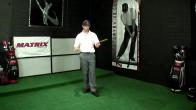
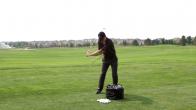
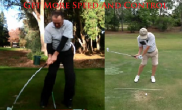


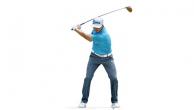

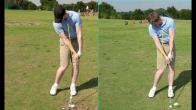

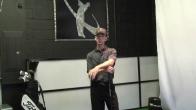
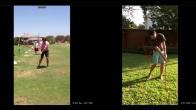

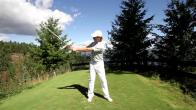
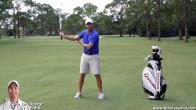
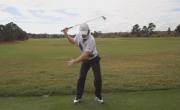
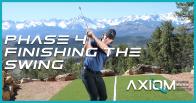
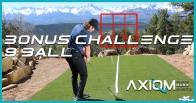
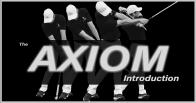

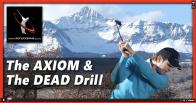


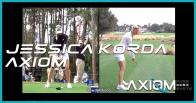

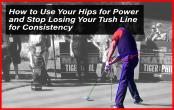
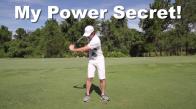
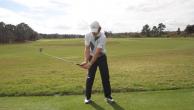
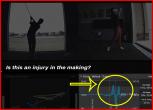
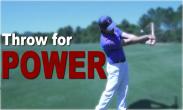


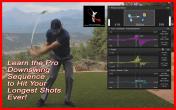



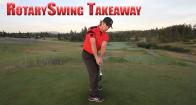


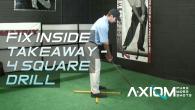
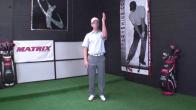
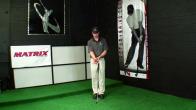


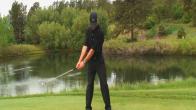
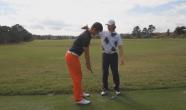
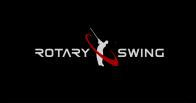
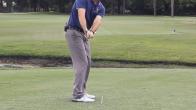
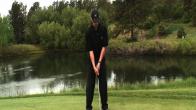
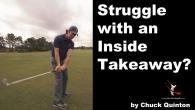


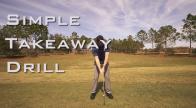

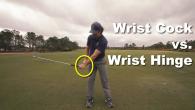




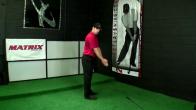
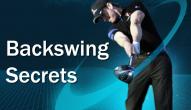
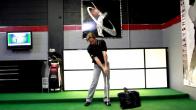
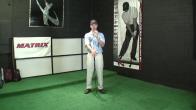
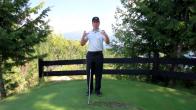




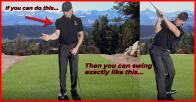

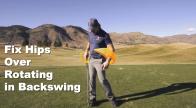
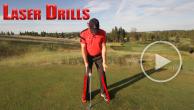
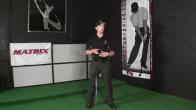
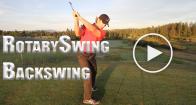
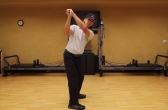
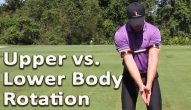
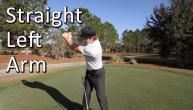





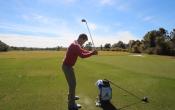




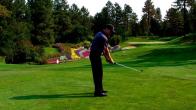

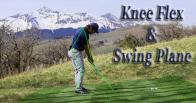
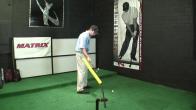
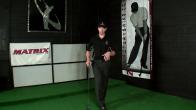
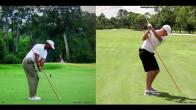






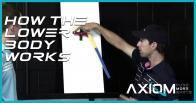
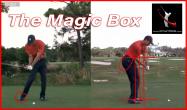
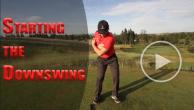
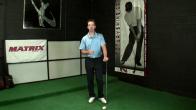
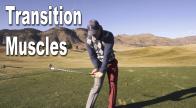

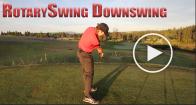
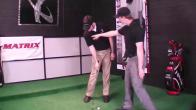
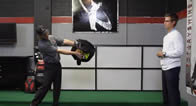
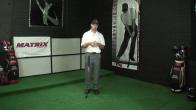
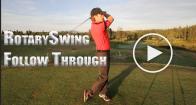
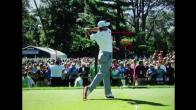
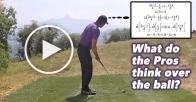
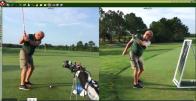


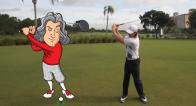
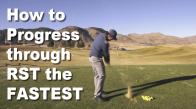
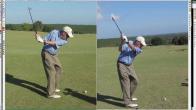
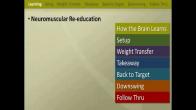
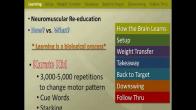
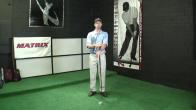
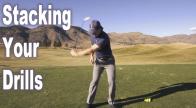
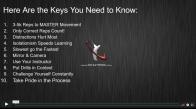
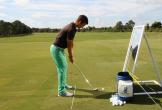
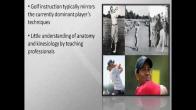
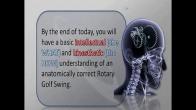
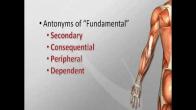



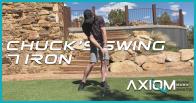



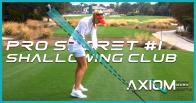
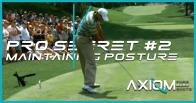

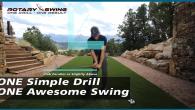
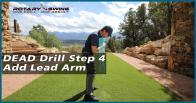
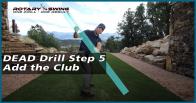
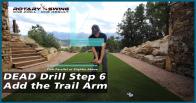
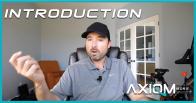
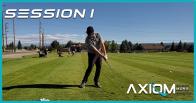
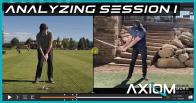

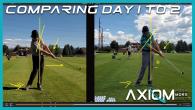
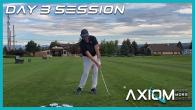

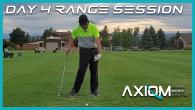
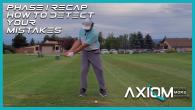
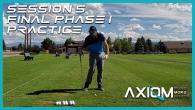
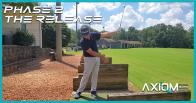
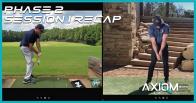
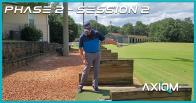
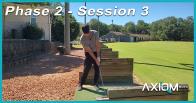
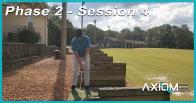
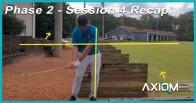
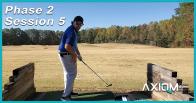
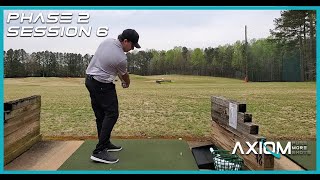
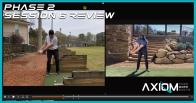
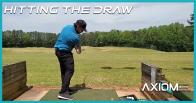
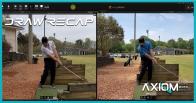












































































































Colton
Chuck
Colton
Chuck
Scott
Craig (Certified RST Instructor)
Nick
Craig (Certified RST Instructor)
seth
Craig (Certified RST Instructor)
Michael
Craig (Certified RST Instructor)
Eric
Craig (Certified RST Instructor)
Vincent
Craig (Certified RST Instructor)
Eric
Craig (Certified RST Instructor)
Calvin
Craig (Certified RST Instructor)
Michael
Craig (Certified RST Instructor)
Michael
David
Craig (Certified RST Instructor)
David
Stefano
Craig (Certified RST Instructor)
Donald
Craig (Certified RST Instructor)
Michael
Craig (Certified RST Instructor)
Michael
Craig (Certified RST Instructor)
Chan
Craig (Certified RST Instructor)
Ross
Craig (Certified RST Instructor)
James
Chuck
Tom
Chuck
Tom
Chuck
Tom
Tom
Craig (Certified RST Instructor)